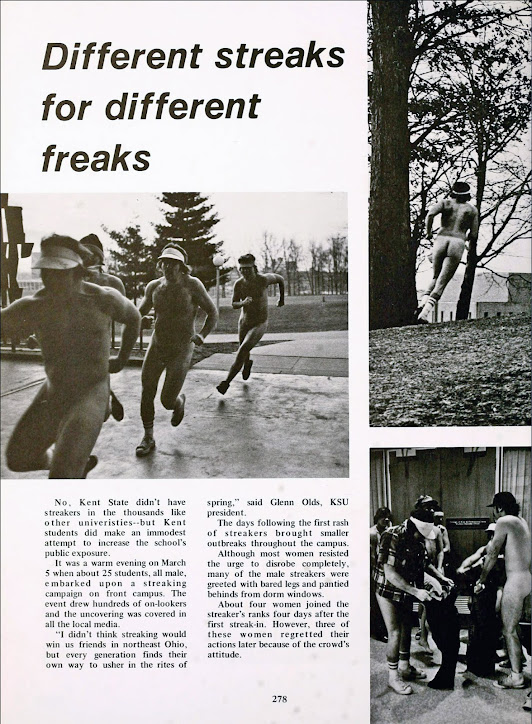Maui
Maui is a demi-god in Polynesian mythology, not to be confused with the Hawaiian island of Maui. Stories of Maui the demi-god existed long before the Hawaiian islands were discovered by Polynesian voyagers from Tahiti.
If you saw Maui in the Disney movie Moana, that's not a very good representation of him. According to Polynesian legends, Maui was not a big hulking guy. Instead, he was small, but very strong. He was called a trickster, but unlike the Norse trickster god Loki, Maui was not evil. His tricks demonstrated that he was clever.
There are many stories about Maui. Polynesia extends across a vast distance from New Zealand in the west to Easter Island in the east to Hawaii in the north, plus many other islands in between. The legends in the different islands have similarities, indicating common origins, but there are also differences, to be expected in places that are thousands of miles apart.
For example, there is a Maori legend in New Zealand that Maui, while fishing with his magic fishhook, caught it on something and pulled up out of the ocean the island of Te-Ika (the North Island of New Zealand), as depicted on the New Zealand stamp above. There is a similar legend in Hawaii about Maui going fishing and pulling up the Hawaiian Islands.
On the stamp, Maui is tattooed, as is traditional among the Maori. Above, a recent New Zealand tattoo design.
Today we're going to concentrate on two legends. The first is the story of how Maui slowed down the sun. This legend exists across Polynesia, with variations. We'll look at the Hawaiian version.
In the story, Maui's mother complained because the days were so short, she could not dry the kapa cloth that she was trying to make. Kapa, called tapa in southern Polynesia, was made by pounding the bark of certain trees into a pulp, then spreading the pulp very thin and drying it out in the sun.
Maui vowed to help his mother. He climbed to the top of the mountain Haleakala (on the island of Maui). Hale means house in Hawaiian, a ka means "of the", and la means sun. Haleakala is literally "house of the sun." In the story, the sun traveled directly over Haleakala. In one version, the sun had 16 legs (presumably the "legs" were rays of the sun). Maui. using ropes, snared the 16 legs until the sun was helpless. Maui made the sun promise to travel more slowly before letting it go.
The linoleum block print above by Hawaiian artist Douglas Po'oloa Tolentino shows Maui snaring the sun, not by its legs but around its middle.
This is a 1992 statue by Shige Yamada at the airport on the island of Maui. It depicts Maui releasing the sun after the sun promised to go more slowly.
Our second legend is the story of Maui and Te Tuna. Te Tuna, sometimes just called Tuna, was not a tuna fish. He was a giant eel, a kind of sea monster. (Tuna is the southern Polynesian word for eel.) This is the version of the story from the Tuamotu Islands, south of Tahiti.
In the story, Te Tuna lived under the sea with a woman named Hina. She was not satisfied with him and went in search of a better lover. Coming up on land, she found Maui, who took Hina as his wife, and they lived happily and loved passionately.
The illustration above by Ul de Rico, showing Maui and Hina making love, is from the book The Legend of Te Tuna by Richard Adams, author of the fantasy classic Watership Down. Adams had visited Tahiti where he heard the legend of Maui, Hina and Te Tuna, and The Legend of Te Tuna is an early work of his with semi-pornographic illustrations.
Anyway, Te Tuna found out about his wife living with Maui. When he asked about Maui, he was told that Maui was small and had an inferior penis. Encouraged by this information, Te Tuna approached the island where Maui lived and exposed his penis, which was so large that it caused a tsunami (I am not making this up – that's in the myth). Maui's mother Huahega urged her son to reveal his own penis. Maui did so, causing the tsunami to roll back and expose the ocean floor. Apparently, Maui's penis wasn't so inferior after all.

After that, strangely, Te Tuna, Maui and Hina all lived together for a while, but then Maui and Te Tuna decided that they had to fight it out to see who would get Hina. The legend now gets even stranger. The rivals agreed that their combat would consist of each entering the other's body. You can interpret this how you want, but some versions of the legend talk about entering the intestines. First, Te Tuna shrank down to a small size and entered Maui. Above is one artist's porn depiction of the eel entering Maui. I have to say that it seems consistent with the legend. (Update: as Joseph pointed out, it looks more like a fishhook, not an eel. So we'll have to imagine the eel entering Maui.) Anyway, Maui suffered no harm. and the eel exited from Maui. Then Maui entered the eel (perhaps with his not-so-inferior penis?) and the eel exploded. Afterwards, Maui (or his wife or his mother) planted the eel's head, and out of it grew the first coconut tree.

In the New Zealand version of the legend, Tuna attacked Hina, who was Maui's wife but was not previously Tuna's wife. Maui then killed Tuna with his club, as shown on the New Zealand stamp above. I don't know what all the things projecting from Tuna's body are. Some of them seem to have fish heads, but some look suspiciously like penises.

In the Hawaiian version of the legend, Hina was Maui's mother, not his wife. Hina lived in the great cave formed by a lava tube behind Rainbow Falls in Hilo (above), on the island where I live. The monster was named Kuna (the Hawaiian version of the word Tuna), and it was not an eel but a giant lizard, something like a dragon. Kuna attacked Hina by blocking the river below the falls with a great stone. Behind the stone, the river began to rise and Hina would have drowned in her cave. She called to Maui for help. Maui was far away at Haleakala, but with two mighty strokes of his canoe's paddle, he reached the river, smashed the rock dam with his stone club, and then killed the lizard Kuna. A long black stone in the middle of the river below the falls is said to be the remains of Kuna.
NOTES:
1. Tsunamis. The myth of Te Tuna shows that the Polynesians knew about the phenomenon that, in a tsunami, the ocean retreats, exposing the sea floor, before rushing in again in a flood. Modern science explains this as the trough and peak of a wave traveling through the ocean, not as the result of a contest to see who has the biggest dick.
2. Polynesian linguistics. Polynesian languages are closely related, but the spelling differs. The letter T in other Polynesian languages such as Tahitian does not exist in Hawaiian. T always becomes K in Hawaiian. So Tuna becomes Kuna and tapa cloth becomes kapa. Another example: the Hawaiian word kapu, which means "forbidden", corresponds to the Tahitian word tapu and the Tongan word tabu, noted by Captain Cook, which became the English word taboo.




















































